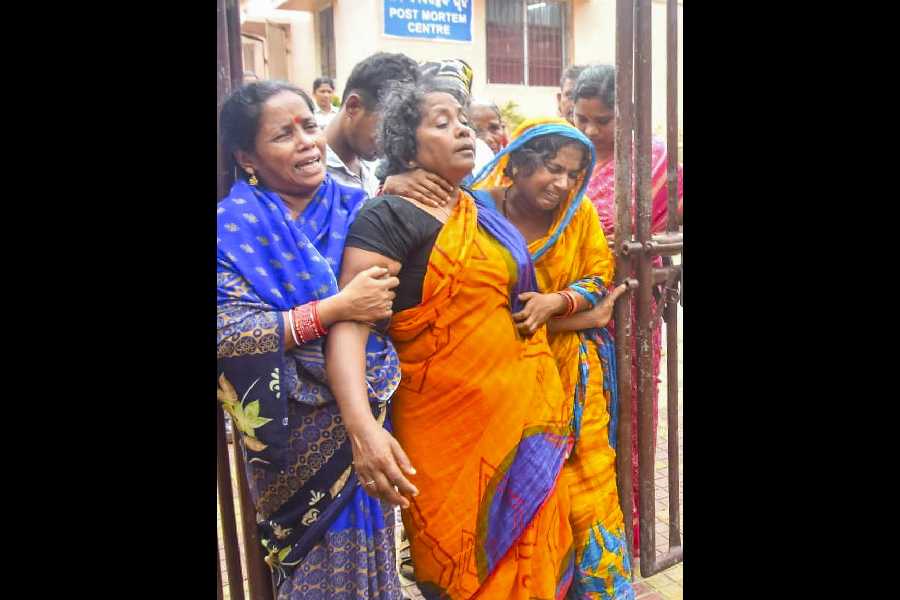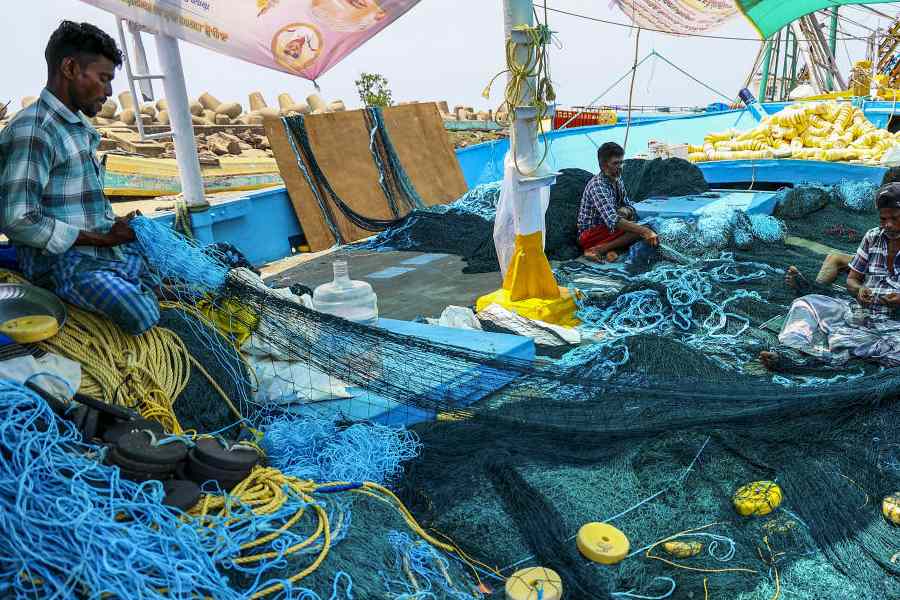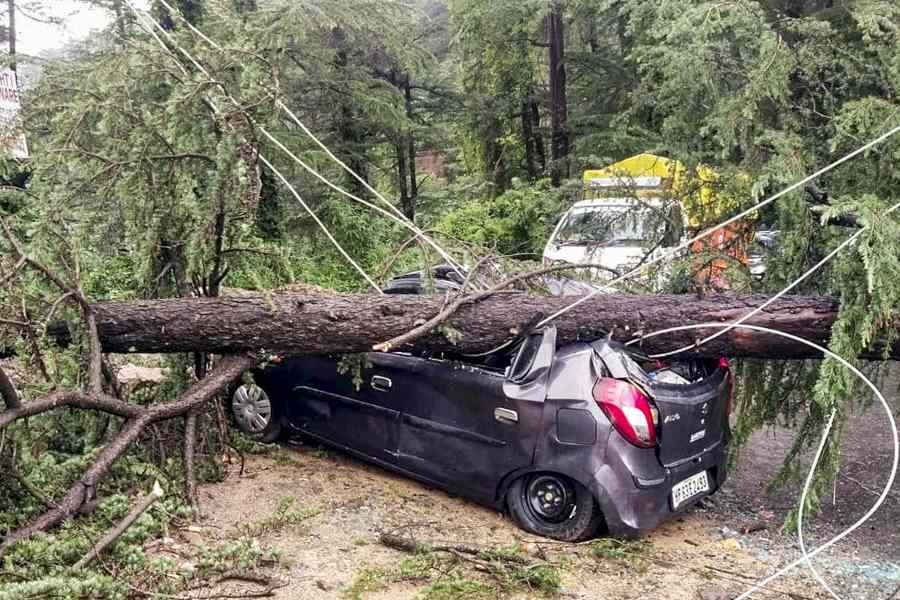 |
| Ramendranath’s works show perfection of visual representation |
Graphics involves both the technique of making pictorials for printing as well as the aesthetics of visual arts. A printmaker persists in learning the technicalities of making the matrix simultaneously adding innovations to build his personal style. Favourable public attitude towards printmaking had not developed during the last century in spite of eminent print makers like Gaganendranath Tagore, Suren Kar, Nandalal Bose, Mukul De and Biswanath Bose. Ramendranath Chakravarty’s (1902-55) retrospective exhibition at Gallery Rasa, curated by Rakesh Sahani, whisks viewers to a period of printmaking during the first half of the last century.
Ramendranath received his training from Government Art School, Calcutta, Kala Bhavan, Shantiniketan, and Slade School, London. At Kala Bhawan, he was specially tutored by Madame Andre Karpales. Graphic prints brought back to Shantiniketan from the Far East also impacted him. Sir Muirhead Bone, his mentor in Slade, not only taught him the technique of various printmaking media but also ushered him to the world of modern printmaking. As a teacher and later principal of the Government Art School (which became “College” during his tenure), he influenced and shaped the careers of Saifiuddin Ahmed, Haren Das and Somenath Hore.
Ramendranath’s work is a confluence of graphic arts of both and the Orient and the Occident. He mixes Eastern sensibility with Western sensuousness. The techniques of the twain have met in his style with ease and grace. Ramendranath’s contribution to printmaking has been relegated to the realm of art history. Sahani has brought the artist into focus once again and made everyone acknowledge his art.
Ramendranath was an astute technician but he never let technique rule pictorial content or content underscore technique. He believed in controlled spontaneity and emotive precision. He strove for linear accuracy, perfection of visual representation, graceful form and positiveness of aesthetic purpose.
The retrospective traces Ramendranath’s development and his understanding of various media. He started out with black and white woodcuts depicting the lives of rural individuals and communities. The landscape, ducks in a pond, a majestic cock, santhals dancing, a village woman caressing her child are portrayed with sensitivity. In his coloured woodcuts, lines are used to bind figurative scenes from Tagore’s dance drama Chitrangada. In “Cows Returning Home”, the flat tones are broken up by undulating horizontal lines. In these works, due to the texture of the wood used, black liner strokes have small corresponding white areas that accentuate the plastic nature of two dimensional renderings. The portrait of Gandhi, “Riverside Bhagalpur” and “Krishnasayor, Burdawan” are brilliant examples of the engraving technique. The appeal of Ramendranath’s lithographs is never confined to serious viewers only. His lithographs of London streets in winter and New York landscapes compliment those of the Himalayas and plains. In his drypoints of the Howrah bridge and Banaras ghats, we see his acceptance of modern ways of seeing and visualising. His aquatints and etchings have balanced vitality and artistic merit.photographySujoy Das











